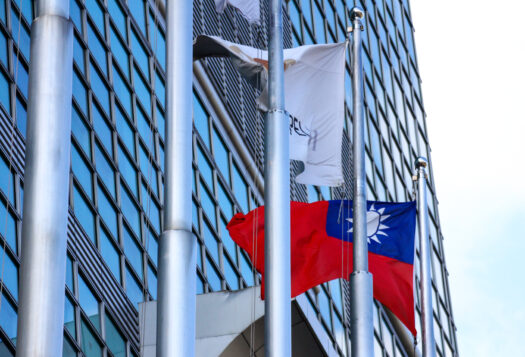
Oceans determine the connectivity and thus significance of nations. With economic and military development, as competitive cooperation unfolds, oceans are assuming a larger role in strategy and tactical maneuvers. The Indian Ocean’s economic worth first became evident through exploration of oil by the Gulf States. With attention now directed to the east, it has become even more significant, as economic and trade interests increase security challenges in the region. The Indian Ocean has become a theater of trilateral security competition among China, India, and Pakistan. Bilateral rivalry and miscommunication between China and India as well as India and Pakistan are driving an increase in nuclear activity in the ocean.
The South Asian nuclear landscape is already murky due to unstable India-Pakistan relations, and continuous competition between the region’s three nuclear states (China, India and Pakistan). Although India maintains a policy of no first use, it comes with certain conditions. Pakistan, being conventionally far behind India, depends on nuclear weapons for its security. Thus, it is reluctant to be restricted to no first use, and its doctrine calls for full spectrum deterrence.
The nuclear rivalry between India and Pakistan has reached the Indian Ocean, and there is a plausible threat of what I call maritime nuclearization escalation. India launched its first ballistic missile submarine in 2009. Pakistan could not stand back, and launched its first Naval Strategic Force Command headquarters in 2012, potentially signaling that it wants to enter into a maritime nuclear race with India.
Pakistan is getting considerable support from China in naval development. In this regard, agreement on the sale of eight submarines by China to Pakistan is an alarming development for India. Experts contend that Pakistan intends to equip its navy’s conventional submarines with nuclear missiles. Pakistan’s nuclear arsenal is already bigger than India’s, with 120 estimated weapons as compared to India’s 100. India’s aspiration to become a blue-water navy may make the situation more volatile. India’s desire to be a global power with sufficient regional influence is well-known. As the strategic significance of the Indian Ocean increases, India endeavors to enhance its role.
Just as Pakistan feels compelled to respond to Indian sea-based nuclear activity, India feels the same about China. China’s strategic interest in the Indian Ocean is currently driven by its oil imports, which pass through the Strait of Malacca. But China’s deployment of a nuclear submarine off the Gulf of Aden in an anti-piracy campaign was considered by many in India as a move to establish military presence in the Indian Ocean. India is especially alarmed because submarines are not really suited to anti-piracy operations. As India deems a direct strategic threat from China, it seeks to increase its influence in the Indian Ocean region, by firmly establishing itself in South and South East Asia. For its part, India has developed its first indigenously-built nuclear submarine called INS Arihant, which will most likely be deployed by 2016.
Pakistan, already wary of Indian designs in the region, has increased efforts to compete with Indian schemes. There has been a long history of armed conflicts between Pakistan and India. Both states have concerns over the other’s interference in its internal issues. Additionally, Pakistan has intense internal security and economic issues that need attention. In this scenario, further nuclearization, and its expansion to the most strategic water body, poses a central threat to the region.
India believes that increased Chinese naval presence in the Indian Ocean is not just to curb piracy, rather it is a well-reckoned strategy to elevate Chinese influence. But Indian aggression leads to stress in Pakistan. Experts contend that Pakistan’s establishment considers nuclear power as a political and military strategy, owing to its conventional inferiority with India. Pakistan’s ambitious maritime nuclear designs emanate from this threat of India, justifying a shift to full spectrum deterrence from minimum credible deterrence. Thus, the three states are involved in a trilateral security dilemma.
Deep mutual mistrust and lack of communication is the root cause of conflict in South Asia. Nuclear instability is also an outcome of misconception. Lack of proper communication leads to ill-conceived assumptions. This has been the case in the nuclearization of South Asia, and now the Indian Ocean. The Indian Ocean is an evolving strategic and economic zone of utmost significance. Its security should be a common goal. It is the need of the hour that nations in the region share the ocean’s benefits, and jointly tackle its concerns, to make it a peaceful region.
***
Image: STR-AFP, Getty


